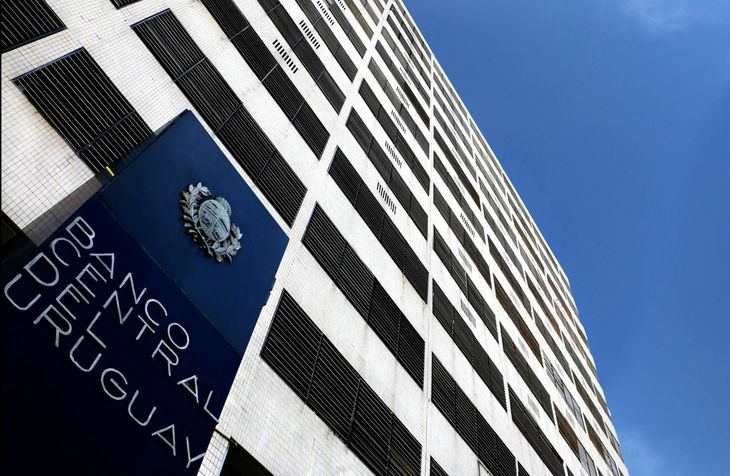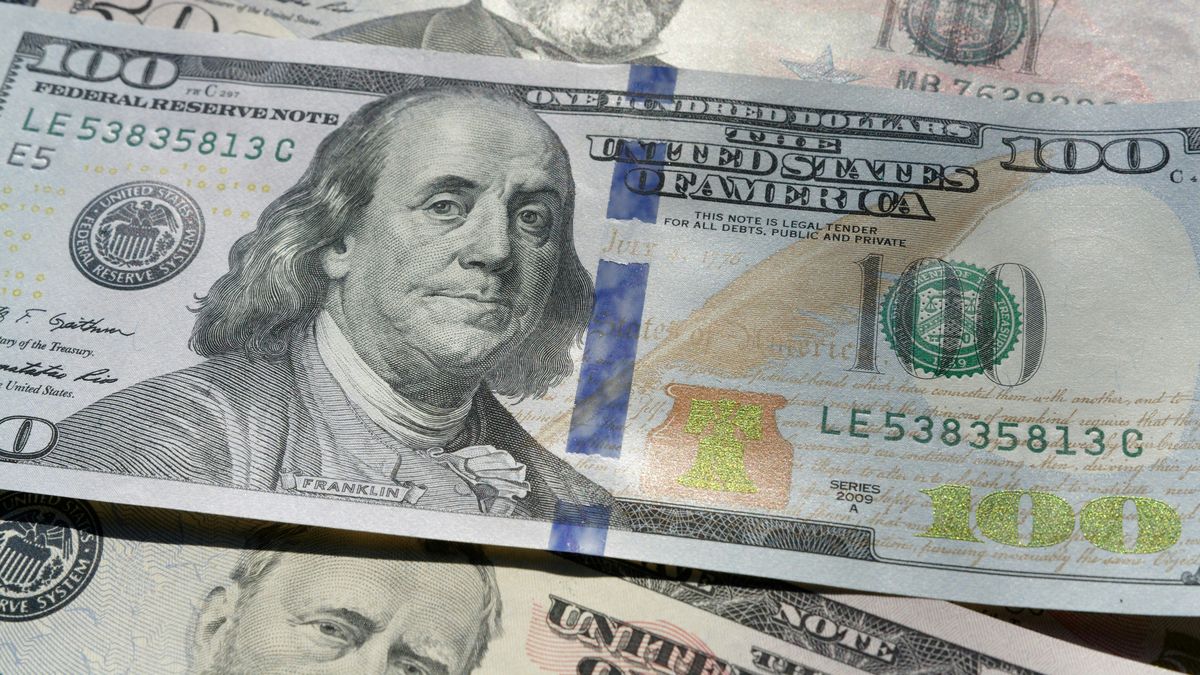He dollar On Wednesday, the dollar touched its highest value of the year and seems to be stabilizing around 40 pesos, driven by factors linked to the local situation, but also by international issues such as the weakness of the regional currencies and the appreciation of the US currency at a global level.
The US currency has been above 40 pesos for six days and, in the 13 exchange days of the month, it has only been quoted below that range on two. In fact, the exchange rate is above what the market expects, according to the latest Economic Expectations Survey of the Central Bank of Uruguay (BCU), of 40.08 pesos by the end of the month.
The dollar strengthens globally
The economist of the Center for Development Studies (CED), Ignacio Umpiérrez, He highlighted in dialogue with Ambit that there is “some deterioration in financial conditions for emerging countries”, so that the dollar strengthened in the comparison. “That may be anticipating what will happen if a victory of the Donald Trump in the elections of USA”, noticed.
Referring to the possibility that the Federal Reserve (Fed) If the US decides to cut interest rates in September, the economist admitted that “what one tends to think is that the dollar should weaken because it is less attractive to bring capital to the United States.” However, he compared the current situation with the first half of the 1990s, speaking of “2 or 3 years with a stable dollar, but volatile” and anticipated: “I think we are going to go towards what happened in the second half of that decade, when it tended to strengthen.”
“We are also seeing declines in commodity prices and when the United States is doing well and the growth differential with other countries widens, the dollar tends to appreciate,” he noted. Umpiérrez.
In this regard, he considered that with the current value of 40,284 pesos, “Uruguay is following the global trend, with a dollar that is strengthening despite the Fed’s rate cut.”
Graphic designer.jpg
The weakness of the real, another important factor
For its part, Diego Rodriguezmanaging partner of Gaston Bengochea & Co., He put the focus on what is happening with the currencies of the countries in the region, mainly the real. “The increase in public spending in Brazil is causing concern in the market of the northern country and that has been transferred to our local market,” he said in statements to Ambit.
Along these lines, Rodriguez recalled that “the rise in dollar In Brazil, it was almost 15%” during the year and highlighted that it is “a highly regarded market in Uruguay as a reference for the local exchange rate”, so that the fate of the Uruguayan peso is linked to that of the real.
In comparison, the economist Gastón Bengochea stated that the dollar appreciated 3.23% against the peso in the annual accumulation and analyzed that it was “somewhat less than the increase in the CPI for the same period, which was 3.62%.”
Thinking from an investment perspective, he highlighted that the performance of the Monetary Regulation Letters (LRM) “are located between 8.50% and 8.70% depending on the term” and the returns in Indexed Units (IU) “between 2.50% and 3% above the inflation”, so that “both instruments show positive real returns.”
The effect of investments and the PIT-CNT plebiscite
When evaluating the local factors Regarding the rise of the US currency, Umpiérrez mentioned that “the Foreign Direct Investment (FDI) favored the appreciation of the peso in recent years” and compared: “In the 12 months measured to March we had a decrease from 5% to 2% of the GDP and that may be a symptom that less foreign currency is coming in.”
Consulted by the general elections, The CED economist considered that they will not lead to volatility in the exchange rate, pointing out that “the electoral processes of Uruguay, Unlike others of Latin America, have little impact on macroeconomic variables, expectations and markets, regardless of who ends up triumphing.”
His opinion was different about the plebiscite promoted by the PIT-CNT against social security reform. “In that case, yes, clearly, because it is a risk factor that, if approved, it will cause a jump in the exchange rate,” he said. Rodríguez expressed the same opinion, acknowledging that there is “some concern” in the market about the result.
Central Bank of Uruguay building

Photo: BCU
The future of the dollar and monetary policy
Thinking ahead, the specialist from Gastón Bengochea y Asociados based his work on the survey of analysts from the BCU on the exchange rate. “They project a quote of dollar by the end of the year of 40.80 pesos, a little more than 1% over the current price,” he said.
Taking that into account, he added that “the inflation expectations At 24 months, they are at 5.90%, so we do not predict significant nominal variations in the dollar above inflation.”
Finally, with regard to the monetary politics From the BCU, Umpiérrez analyzed that “what one should expect is that it maintains its neutral instance” and added: “We should not expect any decreases in the interest rates in the short term.”
Thus, he subordinated a contrary scenario to “a greater decrease in inflation expectations, which have been declining at a slow pace, but converging towards the target range” and launched: “As long as they do not have a more pronounced decrease, I find it difficult for the BCU to lower the Monetary Policy Rate. The base scenario is that it will be between 8.25% and 8.50% at the end of the year.”
Source: Ambito




